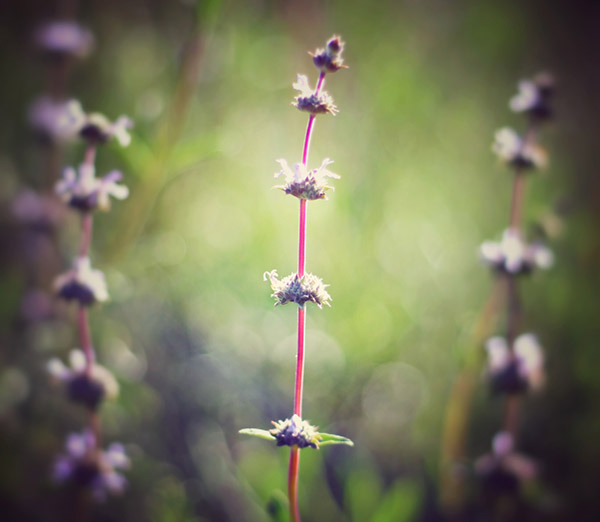
The art of art, the glory of expression and the sunshine of the light of letters, is simplicity.” —Walt Whitman
One of the first lessons I learned when I got into photography is to simplify your composition. Decide what your subject is, and then compose your shot so it only includes your subject or things that support the subject (for example, natural lines that lead the viewer’s eyes to the subject).
A common problem is trying to include too much in one photo. This makes it hard for the viewer to figure out what the subject is, and how to navigate the image. You want to make it as easy as possible for the viewer.
So, here are some ways to simplify your composition:
1 — Awareness of Your Subject
You should always start by deciding what your subject is and what you want to say about your subject. Then, start looking around the scene for things that might complement or get in the way of your subject. If there are too many distracting elements around or the conditions aren’t right for photographing your subject in a way that communicates the message you’re trying to send, then don’t be afraid to move on and look for other opportunities to photograph your subject.
For example, if you stumble upon a beautiful flower, start looking at it from different angles to see what kind of backgrounds you can photograph it against. And, think about other things too, like the lighting conditions. Is everything good for creating the image you’re looking for? If yes, then continue, if not, move on and keep an eye out for other opportunities.
2 — Depth of Field
One of the most simple ways to simplify your composition is to use selective depth of field to make your subject in sharp focus while everything else is out-of-focus.
A common belief in nature photography is that everything besides your subject should be completely out-of-focus, but I don’t agree with that anymore. I think having some non-subject elements just a little out-of-focus is enough, and can often help complement the subject. For example, in the photo below, I purposely made the sage branch in the center in sharp focus while keeping the two branches in the back just a little out-of-focus. This helps the viewer know that the center branch is the main subject, and the other two are in a supporting role.

3 — Position of the Camera
Another thing you can do to simplify your composition is to position your camera so only your subject (or supporting elements) are in the frame. Ansel Adams used to say that “A good photograph is knowing where to stand.”
So, like I talked about earlier, be aware of your subject and its surroundings: walk around your subject (as long as it doesn’t harm any plants or the surrounding environment) and look for the best angle to photograph your subject from to minimize distractions in the frame. Sometimes this can be as simple as just “getting closer” to your subject.
What did I miss?
Do you have another favorite way to simplify your composition? If so, please share it by leaving a comment below. Thanks!
Get more nature photography tips in our free weekly newsletter
 About the Author: Steve Berardi is a nature photographer, web developer, and founder of PhotoNaturalist. You can usually find him hiking in the beautiful mountains and deserts of southern California.
About the Author: Steve Berardi is a nature photographer, web developer, and founder of PhotoNaturalist. You can usually find him hiking in the beautiful mountains and deserts of southern California.

Excellent post! Always good to be reminded. Love the photos illustrating the points.
You’re spot on, my friend.